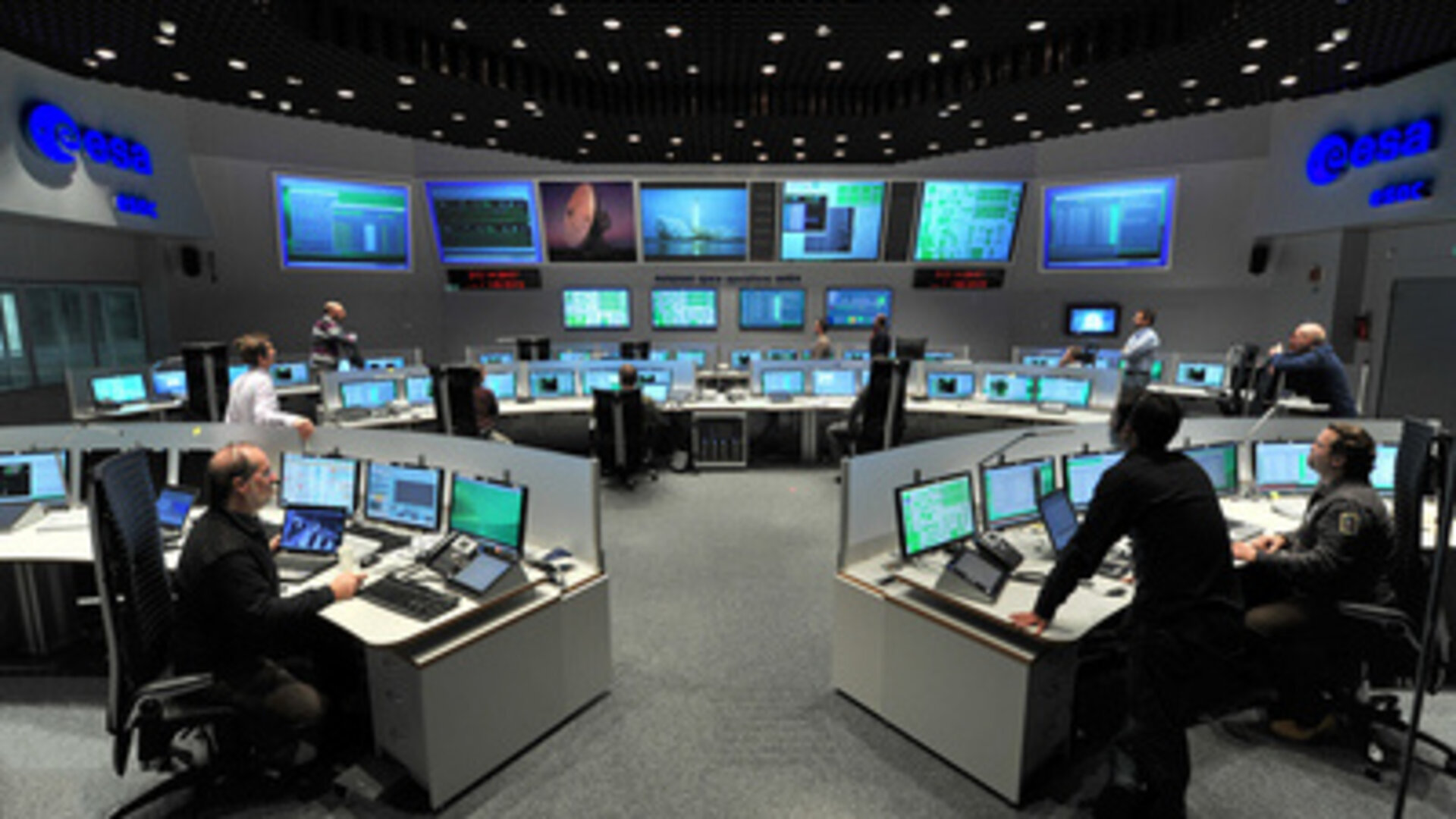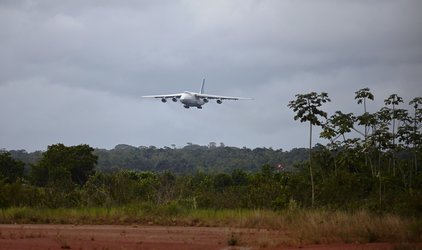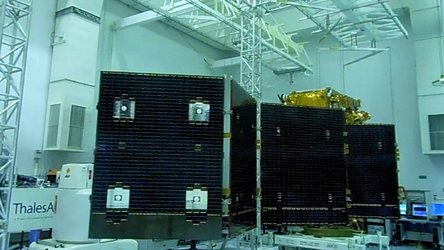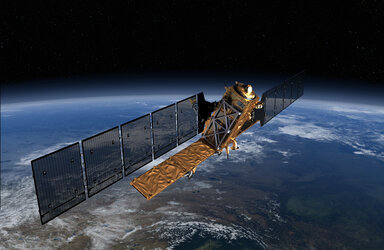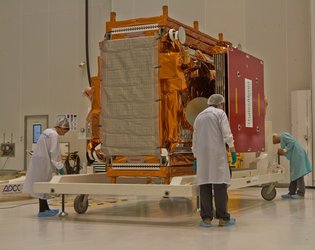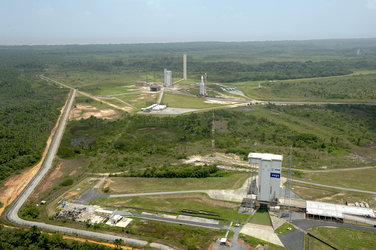Sentinel-1 controllers ready for hectic first days
Following a spectacular launch, Sentinel-1A’s first few days in orbit will be some of the most complex in recent memory. Mission control teams will work around the clock to nurse the satellite through its early critical hours in space.
As part of Europe’s Copernicus programme, ESA’s Sentinel-1A is the first of a two-satellite mission that will scan land and oceans using an advanced radar to deliver imagery regardless of weather.
Sentinel-1A will be lofted into orbit by a Soyuz launch vehicle from Europe’s Spaceport in Kourou, French Guiana at 21:02 GMT (23:02 CEST) on 3 April. The satellite will separate from the upper stage just under 25 minutes later at an altitude of about 690 km.
Separation marks the start of ‘LEOP’ – the crucial launch and early orbit phase – when mission controllers at ESOC, ESA’s operations centre in Darmstadt, Germany, assume responsibility for the satellite.
During the first few orbits, ground control teams will deploy two solar wings – to provide the satellite with electrical power – and open the two radar antenna wings.
Engineers command complex deployment


Access the video
“This deployment sequence is much more complex than I’ve experienced on previous missions, and requires a total of 10 interleaved solar array and radar deployment stages,” says Ian Shurmer, Spacecraft Operations Manager.
“Each of the two separate solar wings must be released and deployed and then rotated towards the Sun. Similarly, each of the radar antenna wings will be released and taken through two separate partial and complete deployment stages. These deployment stages are interleaved to avoid physical clashes.”
LEOP marks the critical first hours
This complex sequence requires that each step be individually commanded by engineers on the ground during the first 11 hours of flight, rather than being executed automatically, as is usual with simpler deployment designs.

The LEOP period will also see engineers working around the clock to switch on startrackers and GPS receivers and check out overall satellite health.
“By the third day, we’ll transition the satellite into its ‘nominal mission mode’, and then move out of the Main Control Room into a Dedicated Control Room to start commissioning the radar payload,” says Ian Shurmer.
Teams ready for launch
The mission control team comprises engineers dedicated to mission operations supported by experts from flight dynamics, ground stations, software systems and other specialist areas.
“It’s really a ‘team of teams’, and by launch, we will have conducted 22 simulation training sessions,” says Flight Director Pier Paolo Emanuelli.
“Most of those will have simulated reacting to unexpected contingencies, so the teams are definitely ready for launch.”
The final dress rehearsal will be on 1 April, involving the teams in ESOC, Kourou and the ground stations in Sweden, Alaska, Norway and Antarctica.
“We’ve gotten to this point through a lot of hard work by the mission and payload teams and by our partners in industry and at Arianespace,” says Pier Paolo. “We’re looking forward to an excellent launch.”


